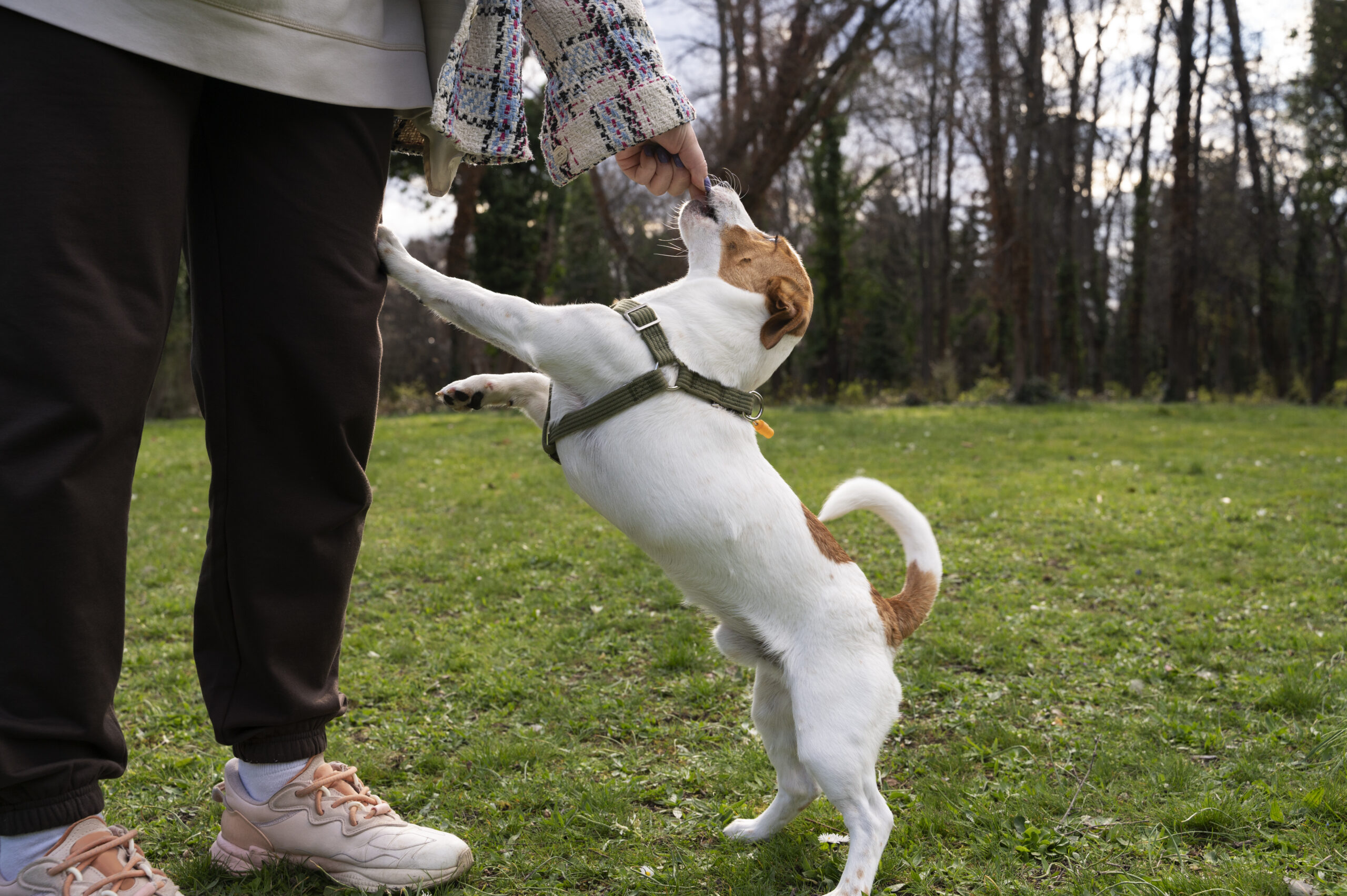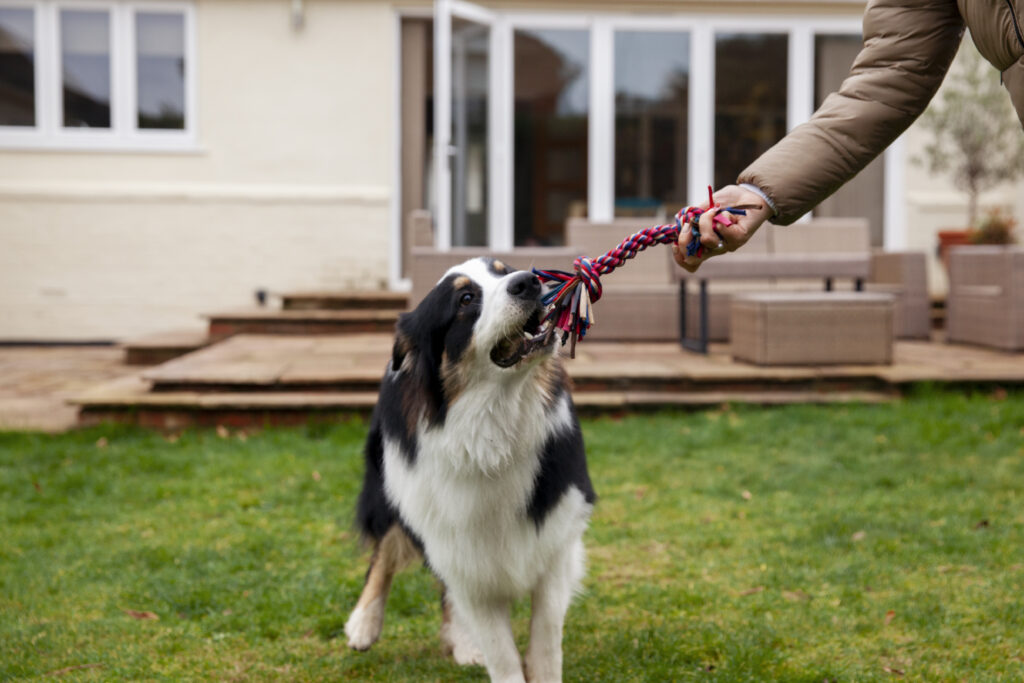Introduction
Welcoming a new dog into your home is a joyous occasion, but without proper training, it can quickly turn into a chaotic experience. Dog obedience training is not just about having a well-behaved pet; it’s about building a strong and positive relationship with your furry companion. In this comprehensive guide, we’ll delve into the intricacies of dog obedience training, providing insights, tips, and techniques to ensure a harmonious relationship between you and your canine friend.
Understanding the Basics of Dog Obedience Training
What is Dog Obedience Training?
Dog obedience training is a structured process designed to teach dogs essential commands, behaviors, and social skills, fostering a harmonious relationship between canine companions and their owners. It goes beyond mere obedience, aiming to establish effective communication and mutual understanding. Basic commands like sit, stay, come, and heel are commonly taught, providing a foundation for better control and safety. The training process involves positive reinforcement, rewarding desired behaviors with treats, praise, or toys, and redirecting or ignoring unwanted behaviors. Consistency and patience are key elements, ensuring that dogs grasp and internalize the commands over time.
Beyond basic commands, obedience training addresses issues like leash manners, impulse control, and socialization. Well-trained dogs are more adaptable to various environments, making outings and interactions with other animals and people more enjoyable. Training sessions strengthen the bond between owners and their dogs, establishing trust and reinforcing the owner’s role as a leader. The benefits extend beyond behavior control, promoting mental stimulation, preventing boredom-related problems, and contributing to a well-adjusted, happy, and confident canine companion. In essence, dog obedience training is a dynamic and ongoing process that enriches the lives of both dogs and their human counterparts, creating a positive and cooperative partnership.
The Importance of Dog Obedience Training
Dog obedience training is not just about teaching your furry companion a set of commands; it is a fundamental aspect of building a strong and positive relationship between you and your dog. Beyond basic commands like sit, stay, and come, obedience training instills discipline, improves communication, and enhances the overall safety and well-being of your pet. A well-trained dog is more likely to respond appropriately to various situations, reducing the risk of accidents or behavioral issues. Training also provides mental stimulation, preventing boredom and associated destructive behaviors. Moreover, it fosters socialization skills, making your dog more adaptable and comfortable in various environments and around different people and animals.
Obedience training is an ongoing process that strengthens the bond between you and your dog, establishing mutual trust and respect. It promotes a harmonious coexistence, allowing your dog to understand their place within the family hierarchy and reinforcing your role as the leader. This not only makes daily life more enjoyable but also contributes to a happier, healthier, and well-adjusted canine companion. Investing time and effort in obedience training pays dividends in the form of a well-behaved and confident dog, creating a positive and enriching experience for both pet and owner.
Starting the Dog Obedience Training Journey
Begin Early for Optimal Results
Just like with puppies, early training is crucial for adult dogs. However, it’s never too late to start. Whether you have a young pup or an older dog, consistency is key to success.
Positive Reinforcement: The Cornerstone of Training
Reward-based training methods, such as treats, praise, and play, are highly effective. Positive reinforcement creates a positive association with commands, making your dog more willing to comply.
Essential Commands for Obedience
Sit, Stay, and Come
These fundamental commands form the core of obedience training. Teaching your dog to sit and stay on command ensures better control in various situations, while a reliable recall (come) is essential for their safety.
Down and Leave It
Commands like ‘down’ are valuable in situations where you need your dog to lie down calmly. ‘Leave it’ is vital for preventing them from picking up or engaging with potentially harmful objects.
Heel and Loose Leash Walking
Mastering the art of walking on a leash without pulling is crucial for enjoyable walks. Teaching your dog to walk calmly by your side (heel) enhances both safety and the overall walking experience.
Advanced Techniques for Obedient Canines
Distraction Training
Introduce controlled distractions during training to reinforce obedience in real-world scenarios. This could include other dogs, people, or enticing scents.
Duration and Distance
Gradually increase the duration and distance of commands. This helps solidify your dog’s understanding and responsiveness in various situations.
Troubleshooting Common Challenges
Dealing with Distractions
Dogs can easily get distracted, especially in new environments. Practice commands in different settings to generalize their obedience.
Addressing Behavioral Issues
If your dog displays behavioral problems, such as excessive barking or aggression, consult with a professional trainer to address the root cause and implement effective solutions.
The Role of Consistency and Patience
Consistency is the backbone of successful obedience training. Set clear rules and expectations, and ensure everyone in the household follows them. Patience is equally crucial; learning takes time, and every dog is unique.
Seeking Professional Help
If you find yourself struggling with training or facing specific challenges, seeking the assistance of a professional dog trainer is a wise investment. They can provide personalized guidance and address specific issues you may encounter.
Conclusion
Dog obedience training is a journey that requires dedication, patience, and a positive approach. By understanding the basics, incorporating essential commands, exploring advanced techniques, and troubleshooting challenges, you’ll be well on your way to having a well-behaved and joyful canine companion. Remember, the key is consistent, positive reinforcement, creating a bond that will last a lifetime. Happy training!
Dog Obedience Training FAQs
Q1: How early should I start obedience training for my dog?
A1: Begin training as early as possible, ideally when your pup is around 8 weeks old. Early training sets a positive foundation for behavior.
Q2: Can I teach an old dog new tricks?
A2: Absolutely! Dogs are capable of learning at any age. Patience, consistency, and positive reinforcement play key roles in training older dogs.
Q3: What’s the most effective way to house train a dog?
A3: Establish a routine, praise good behavior, and use positive reinforcement when your dog eliminates in the appropriate area. Consistency is key.
Q4: How do I stop my dog from jumping on people?
A4: Teach an alternative behavior, such as sitting, and reward that. Ignore jumping and reward when all four paws are on the ground.
Q5: Is crate training necessary?
A5: Crate training can be beneficial for safety, housebreaking, and providing a secure space. Make the crate a positive place to encourage its use.
Q6: My dog ignores me outdoors. What should I do?
A6: Practice commands in a controlled environment first. Increase distractions gradually, using high-value treats and praise to reinforce obedience.
Q7: Can I train my dog without treats?
A7: Yes, but treats can be powerful motivators. Use a variety of rewards like praise, toys, or playtime to keep training engaging.
Q8: How can I curb excessive barking?
A8: Identify the cause of barking and address it. Use commands like “quiet,” reward calm behavior, and ensure your dog gets enough mental and physical exercise.
Q9: What if my dog is stubborn during training?
A9: Evaluate your training methods. Adjust your approach, stay patient, and find what motivates your dog. Consistency is crucial.
Q10: How long does it take to train a dog?
A10: Training duration varies. Basic commands may take a few weeks, while more complex behaviors require ongoing practice. Celebrate progress, no matter how small.



KAYSWELL
Thanks for your exciting article. Other thing is that mesothelioma is generally due to the inhalation of fibres from asbestos fiber, which is a extremely dangerous material. It can be commonly noticed among individuals in the structure industry with long experience of asbestos. It is caused by living in asbestos covered buildings for long periods of time, Your age plays a huge role, and some persons are more vulnerable to the risk when compared with others.
Hairstyles
Usually I do not read article on blogs, but I would like to say that this write-up very forced me to try and do it! Your writing style has been amazed me. Thanks, very nice article.
Hottest Hairstyles
An impressive share, I just given this onto a colleague who was doing a little analysis on this. And he in truth bought me breakfast as a result of I found it for him.. smile. So let me reword that: Thnx for the deal with! But yeah Thnkx for spending the time to debate this, I feel strongly about it and love reading extra on this topic. If doable, as you develop into expertise, would you mind updating your weblog with more particulars? It is highly useful for me. Massive thumb up for this blog submit!
KAYSWELL
Pretty element of content. I just stumbled upon your site and in accession capital to claim that I get actually enjoyed account your weblog posts. Anyway I will be subscribing to your feeds or even I achievement you get entry to consistently fast.
icapcut.com
You’re so brilliant!